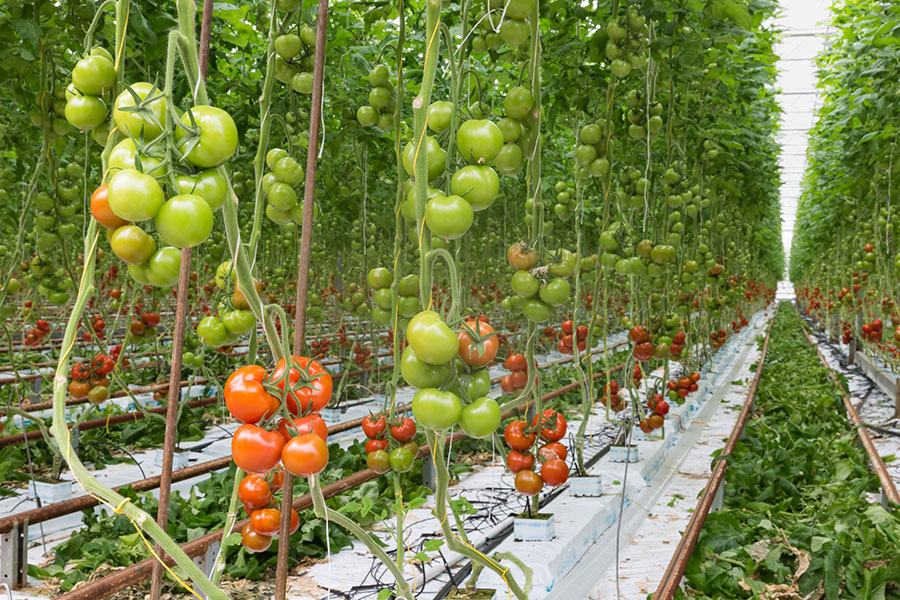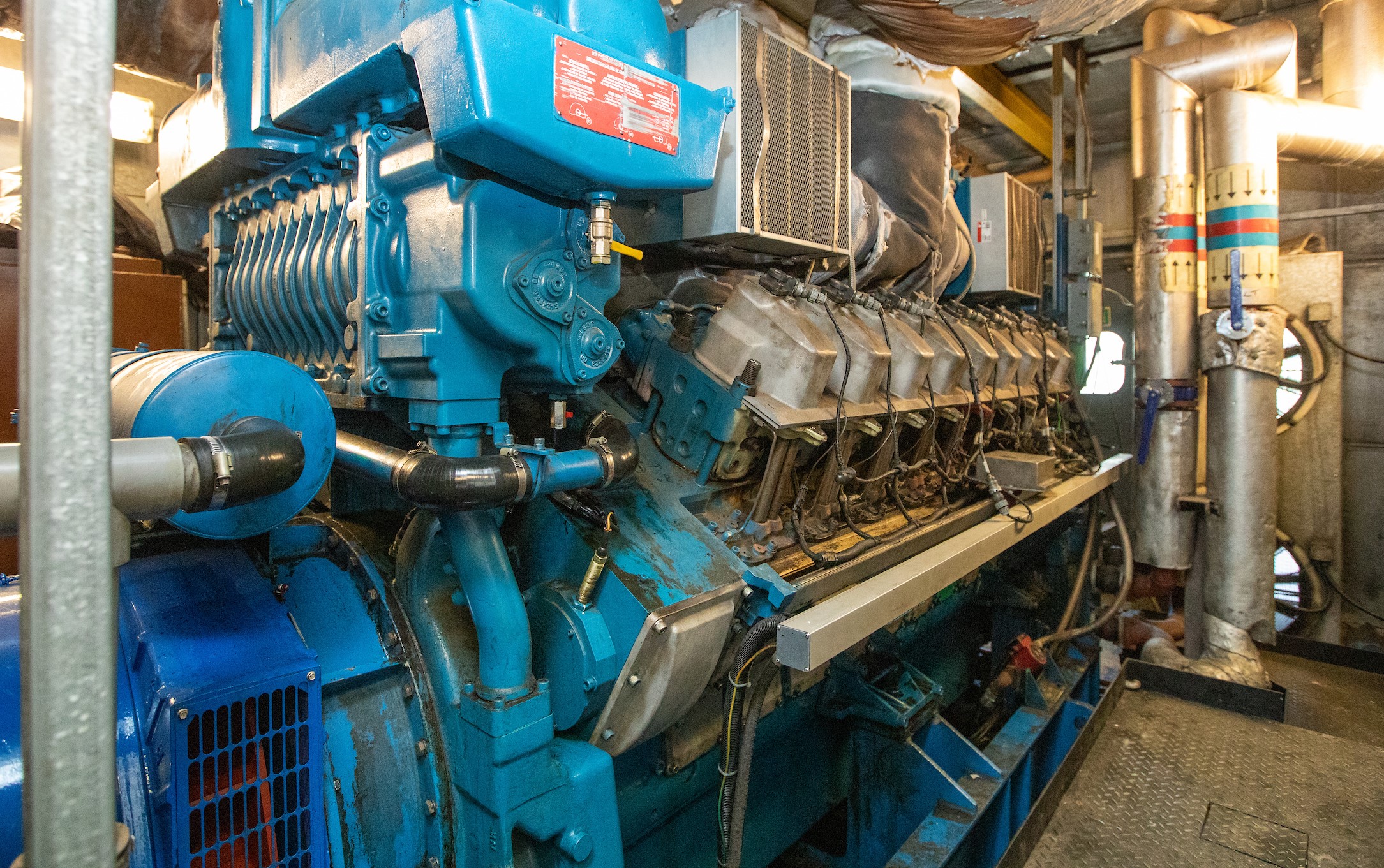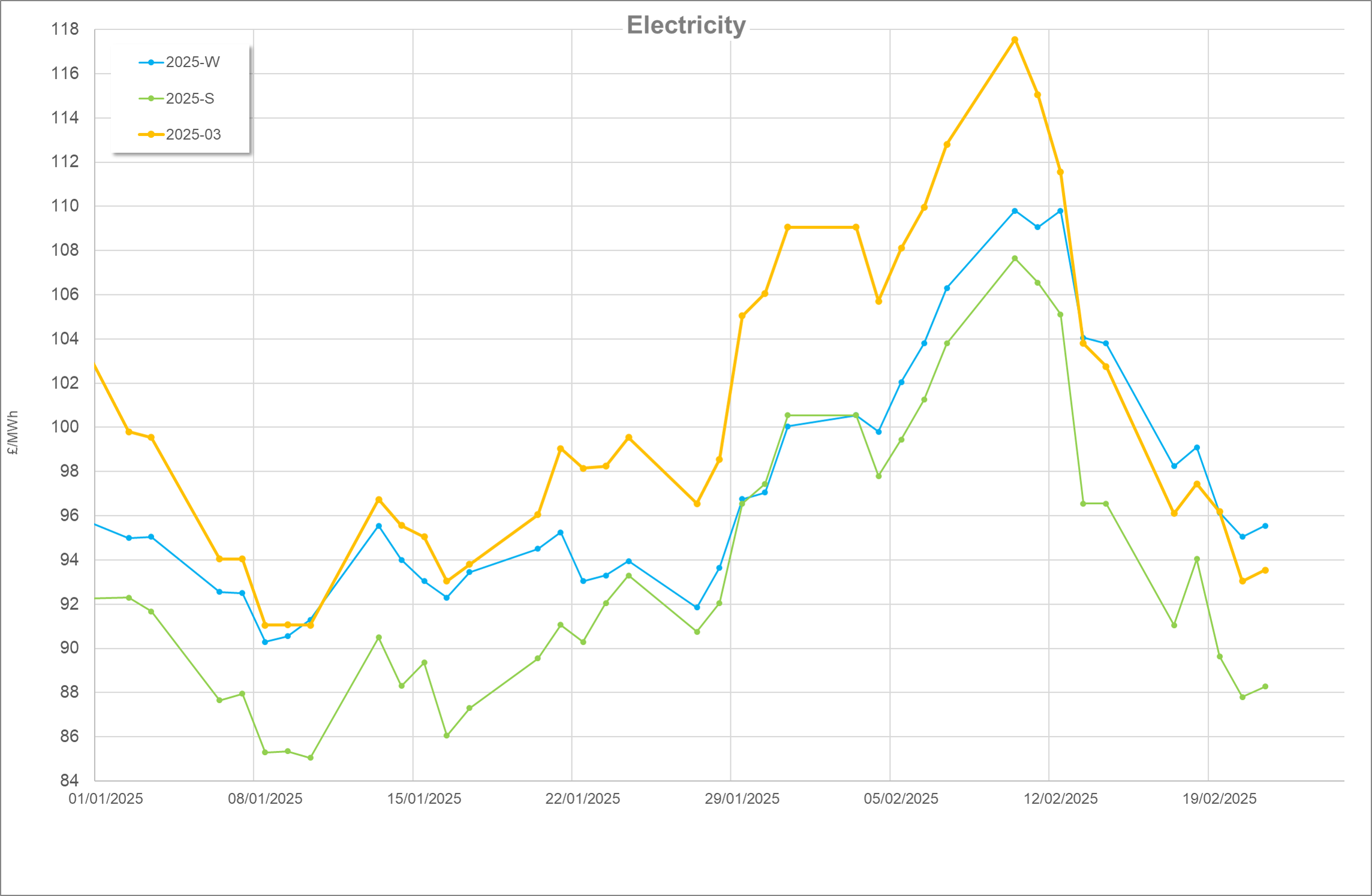How does a Carbon Calculator work?
As we creep ever closer to the various deadlines for Net Zero, quantifying and reducing carbon emissions becomes more and more important. The quickest and easiest way to get started is by filling in one of the freely available online carbon calculation tools, which can provide an idea of which areas of your business are the main emitters, so that you can focus improvements in that area.
There are many tools to choose from, and they are not all tailored for each sector, particularly horticulture. A useful exercise to perform which can help you decide which calculator to use is to ask yourself: Why am I calculating the emissions on my farm?
If you are calculating for obligational reasons, there are likely recommended tools, methods, or procedures to follow handed down by the obligator. If you want to benchmark your farm against others, then you should follow the same methods as your comparators. And finally, if you simply wish to understand and reduce your own emissions, it may not matter which tool you use.
The three most widely used carbon calulators are outlined here:
AgRE Calc
Developed by SAC Consulting, AgRECalc is an online tool which has a freely available version to farmers who sign up, with a paid version which allows for “detailed benchmarking, print reports, and “What if?” comparisons.”. Reports are generated based on whole farm, specific enterprises, or product-based, and contain a reasonable number of details and figures.
While there is no option to specify a protected crop, when prompted to input data regarding soil and tillage practise it can be left blank and the calculation continues. Additionally, there is only provision to calculate using grid electricity import and renewable electricity generation. If a site operates a natural gas CHP, the amount of gas used to generate exported electricity will need to be apportioned and removed from the total gas import before being entered into the calculator. As well, make sure not to enter data for electricity generated and used on site, as this will double-count emissions. Likewise, fuel use and renewable heat generation can be calculated, but there is no way to account for a site that is part of a heat network, either as a heat generator or a heat user.
Finally, the reports include a basic overview of mitigation areas and potential actions for reducing emissions.
Farm Carbon Calculator
Created by the Farm Carbon Toolkit, the Farm Carbon Calculator is a free to use online tool requiring registration. Results are updated live as data is input, and reports are generated with easy-to-read charts. Data is inputted on a whole-farm basis, and a figure is presented for total tonnes of produce without the ability to apportion between crops.
This tool has the functionality to differentiate between grid electricity and renewable electricity tariffs, however, private wire connections and heat networks cannot be considered. Again, care needs to be taken when inputting energy use data into the tool.
Also included is the ability to add an inventory of buildings, machinery, etc., which will give an idea of the emissions associated with the infrastructure on site. While this may be interesting and act as a goal for carbon offsetting, it is likely not a figure that can be practically reduced (as energy or fertiliser use can), and is not included in most carbon assessments, making comparisons with other businesses less useful.
Cool Farm Tool (CFT)
Managed by the Cool Farm Alliance, the CFT is another online tool that is available for farmers for free, up to a limited number of calculations. Further calculations, alongside an aggregation feature, are available to paying members. Reports are generated on a per-product basis, with an aggregation feature to get a whole-farm result. The reports are presented with tables and figures, as well as the ability to compare directly between your previous reports.
Behind the calculation is a database of default values which can help to fill in some of the data that you lack for specific crops, however, the list of crops is not exhaustive. The biggest problem with using this tool for horticulture is the inability to exclude soil characteristics, adding emissions to the total which cannot be removed within the tool.
It is possible to input site CHP data, however choosing the right options from the drop-down menus is not intuitive. Additionally, specified renewable energy tariffs and private wire/heat network arrangements cannot be included.
Ultimately, there are no perfect options; however, If one becomes overconcerned with finding the perfect calculator, it is easy to lose sight of why we are calculating emissions in the first place – to reduce them. Getting an idea, even a low resolution one, of the activities that produce the greatest emissions on your site can inform you to make effective improvements. Additionally, if the same calculator is used in subsequent years, changes can be tracked; although the figures may not be totally correct, the trend is more important.
If you would like to find out more about how you can reduce your energy consumption and carbon emissions, call the GrowSave team on 024 7669 6512.






